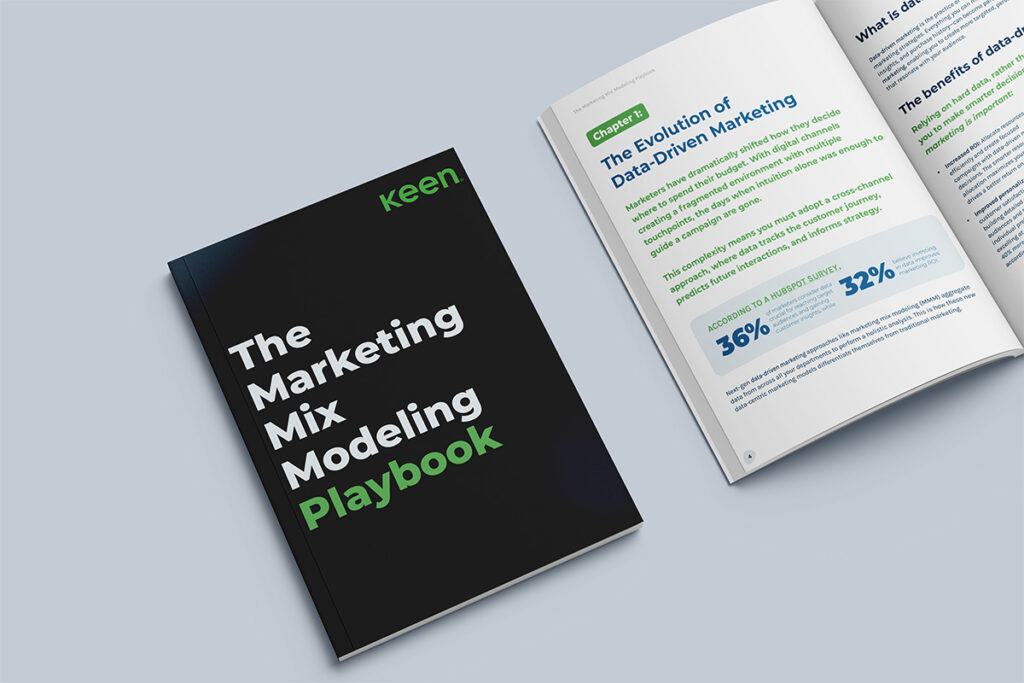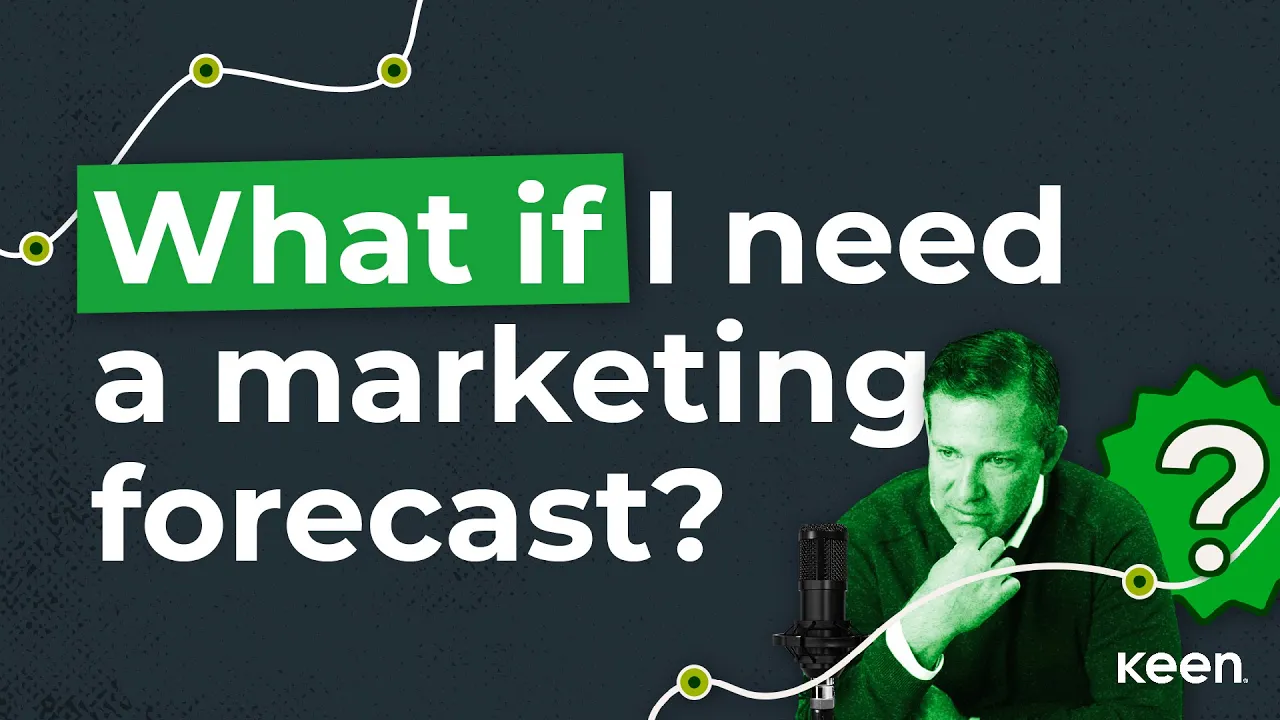Marketing budgets are crucial for businesses of all sizes, and marketers are often tasked with the challenge of maximizing returns on their spend. However, when faced with budget cuts, the situation becomes even more difficult. Marketers must be able to identify areas to optimize and prioritize their spend to ensure that they achieve their business objectives.
Marketing forecasting challenges
One of the biggest obstacles they face is forecasting the future. Whether it’s a global pandemic or some other external event, the future is always uncertain, and no one can predict with complete accuracy what will happen. However, there are ways to prepare for the unknown, and one of the most effective is by using marketing forecast tools. So who says you can’t get a glimpse of what might be around the corner?
Gone are the days of relying on a single forecast for the next quarter
Traditional financial planning has relied on historical performance data to forecast the impact of budget cuts on a business, which fails to account for the nuances of different scenarios. Fortunately, advances in technology have made it possible for businesses to go beyond single marketing forecasts and instead focus on a range of outcomes.
The key is to start with assumptions or hypotheses about what might happen. For example, if there is a new product launch, marketers might assume that it will have a positive impact on sales. However, they need to consider different scenarios that could happen, such as the product launch being delayed or customers not responding as positively as expected.
Benefits of scenario planning
By running multiple scenarios, marketers can better understand the range of outcomes that could happen. This provides a more complete picture of what might happen in the future, allowing them to make informed decisions based on the most likely outcome. For example, if the best-case scenario is a 20% increase in sales, and the worst-case scenario is a 10% decrease in sales, marketers can plan for both outcomes and develop contingency plans accordingly.
Scenario planning not only helps identify areas to prioritize, but it also helps manage risk and pinpoint places where spend can be cut back without negatively impacting business objectives. If a marketer is faced with a 10% budget cut and is considering pulling out of paid search or TV advertising, they can input different scenarios into a tool to determine the impact on revenue and profitability. This allows them to make data-driven decisions and optimize their remaining budget accordingly.
Stay competitive with accurate marketing forecasts
In today’s fast-paced business environment, marketing departments need to stay ahead of the curve and predict the impact of any proposed changes to their strategy. With the ability to run different scenarios, brand leaders can now have a stronger voice when it comes to those discussions rather than just pointing to a previous study that had been done.
By effectively demonstrating the correlation between expenditure and business goals, marketers can show other departments and stakeholders the potential impact of their proposals. This enables them to advocate for their department and ensure that the most effective decisions are made to help the company outpace the competition, whether it involves budget cuts, reducing marketing spend, or implementing a new positioning strategy.
Keen to know more? Contact us to see how real-life brands proactively adapt to budgetary, economic, and societal changes in real-time.





